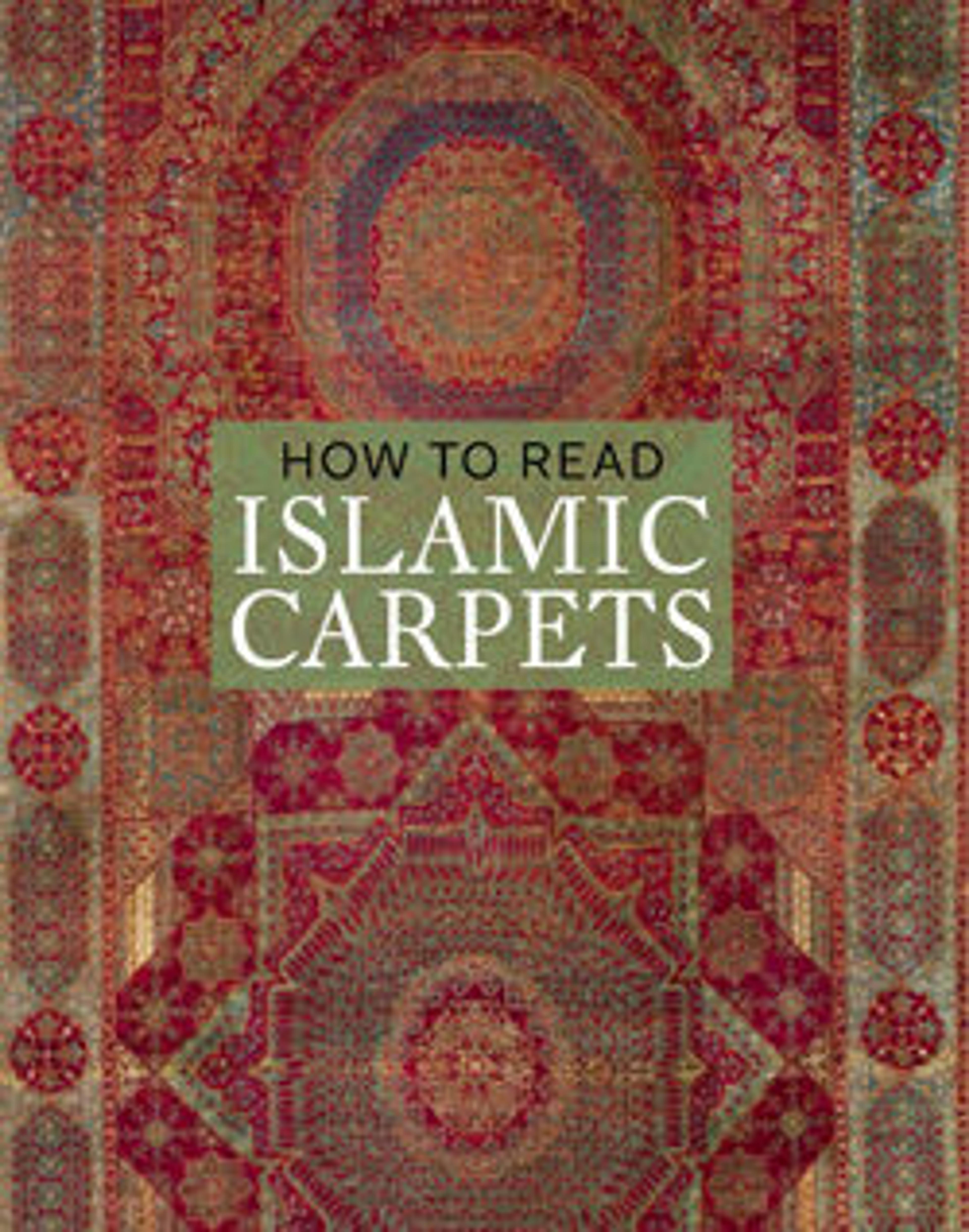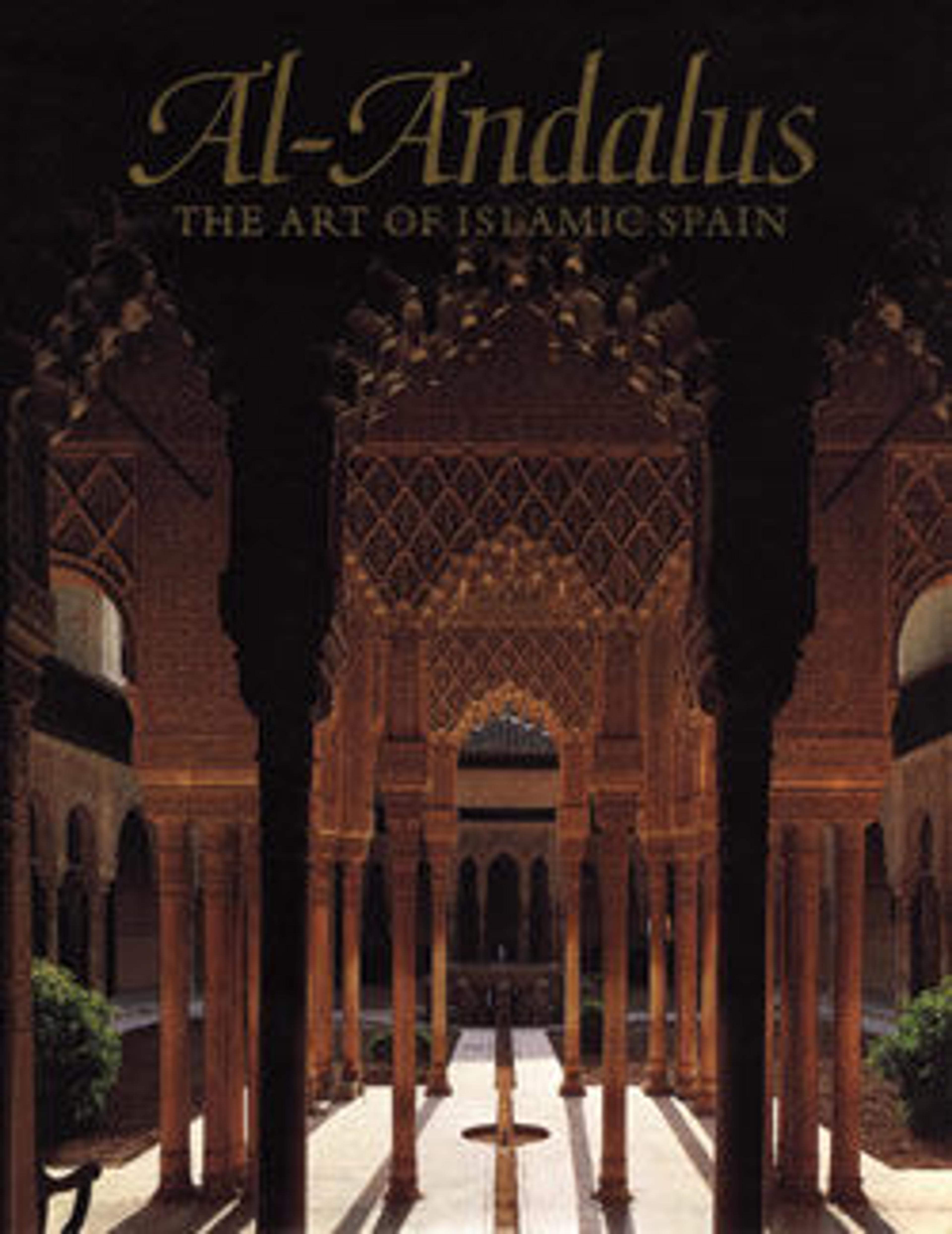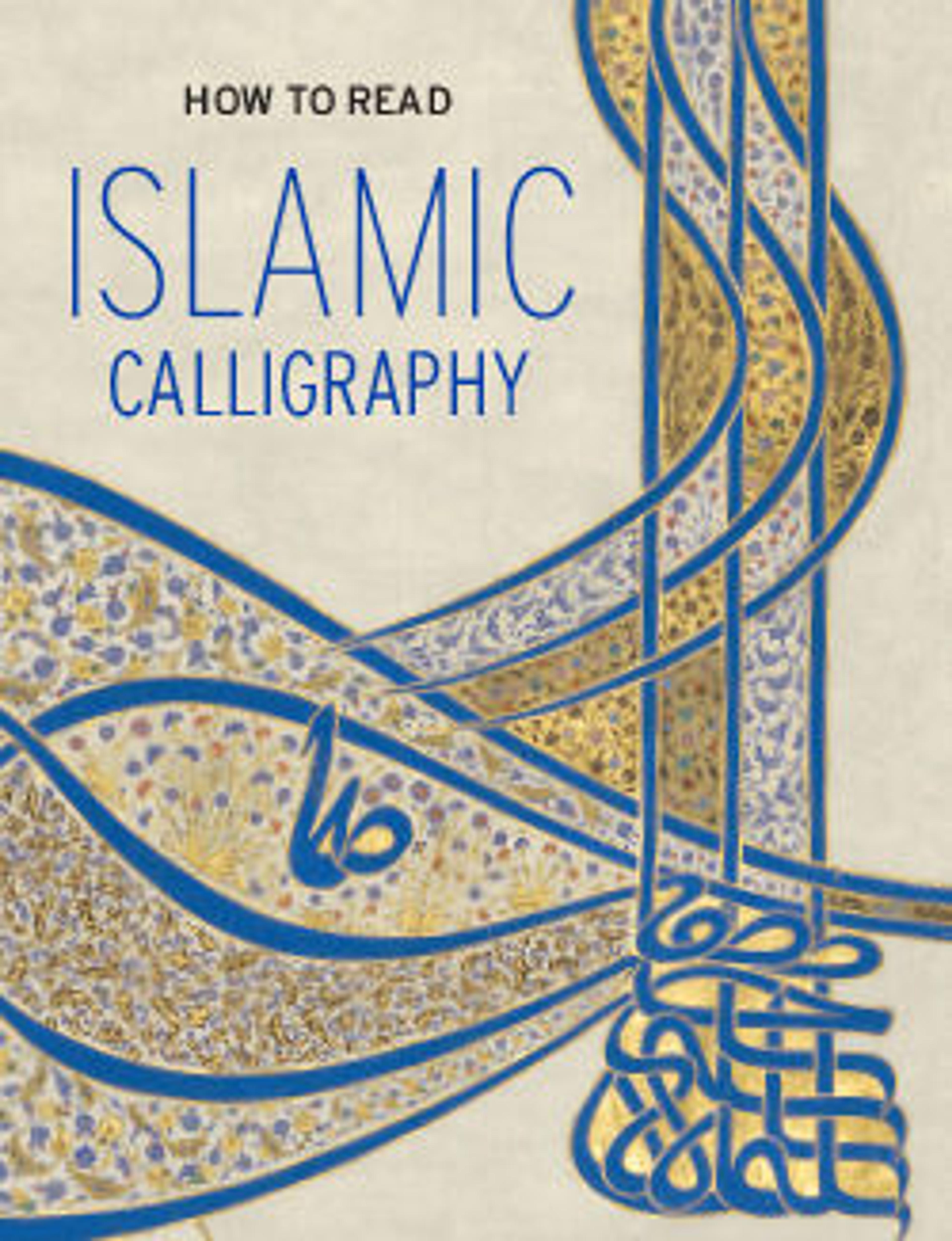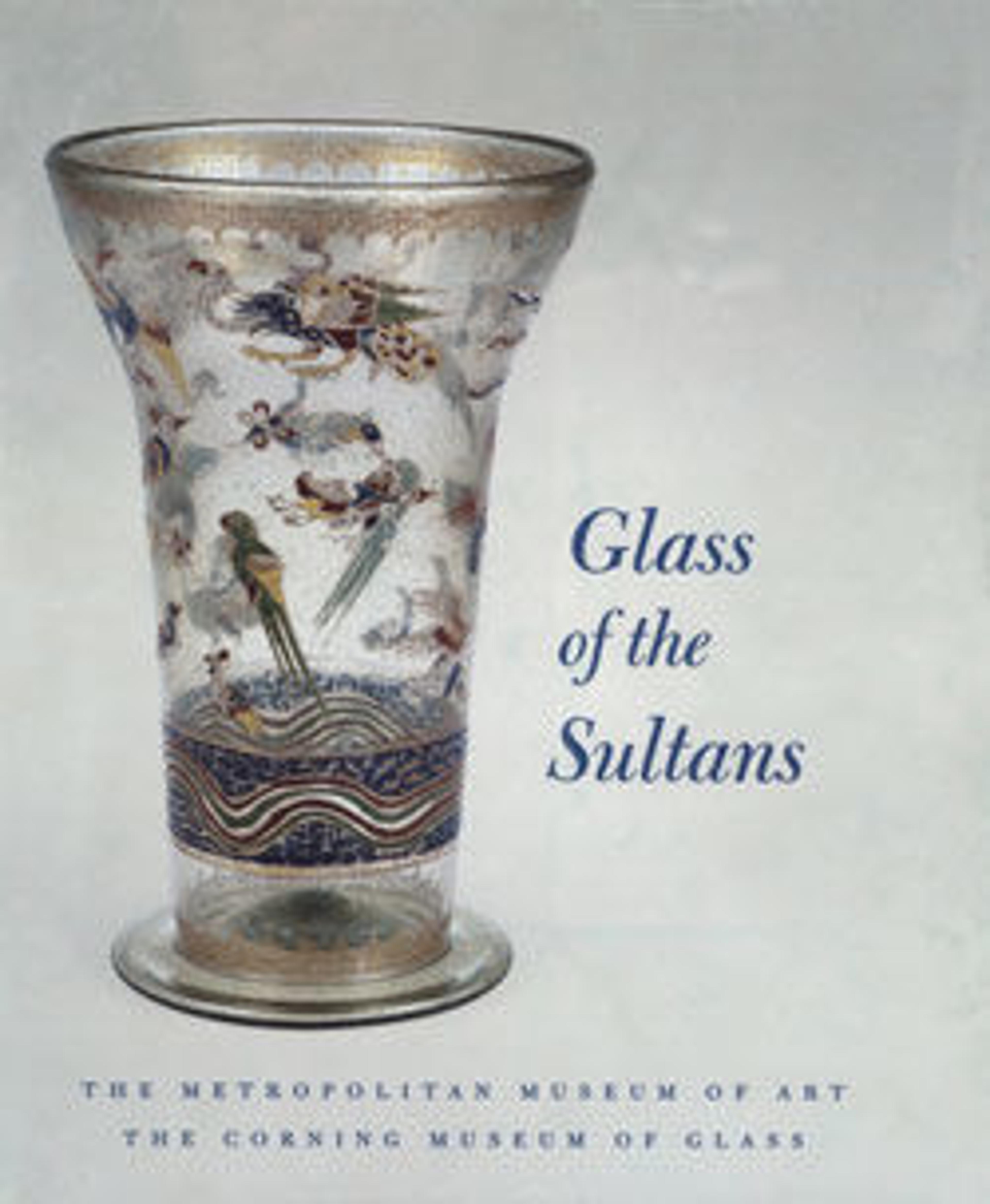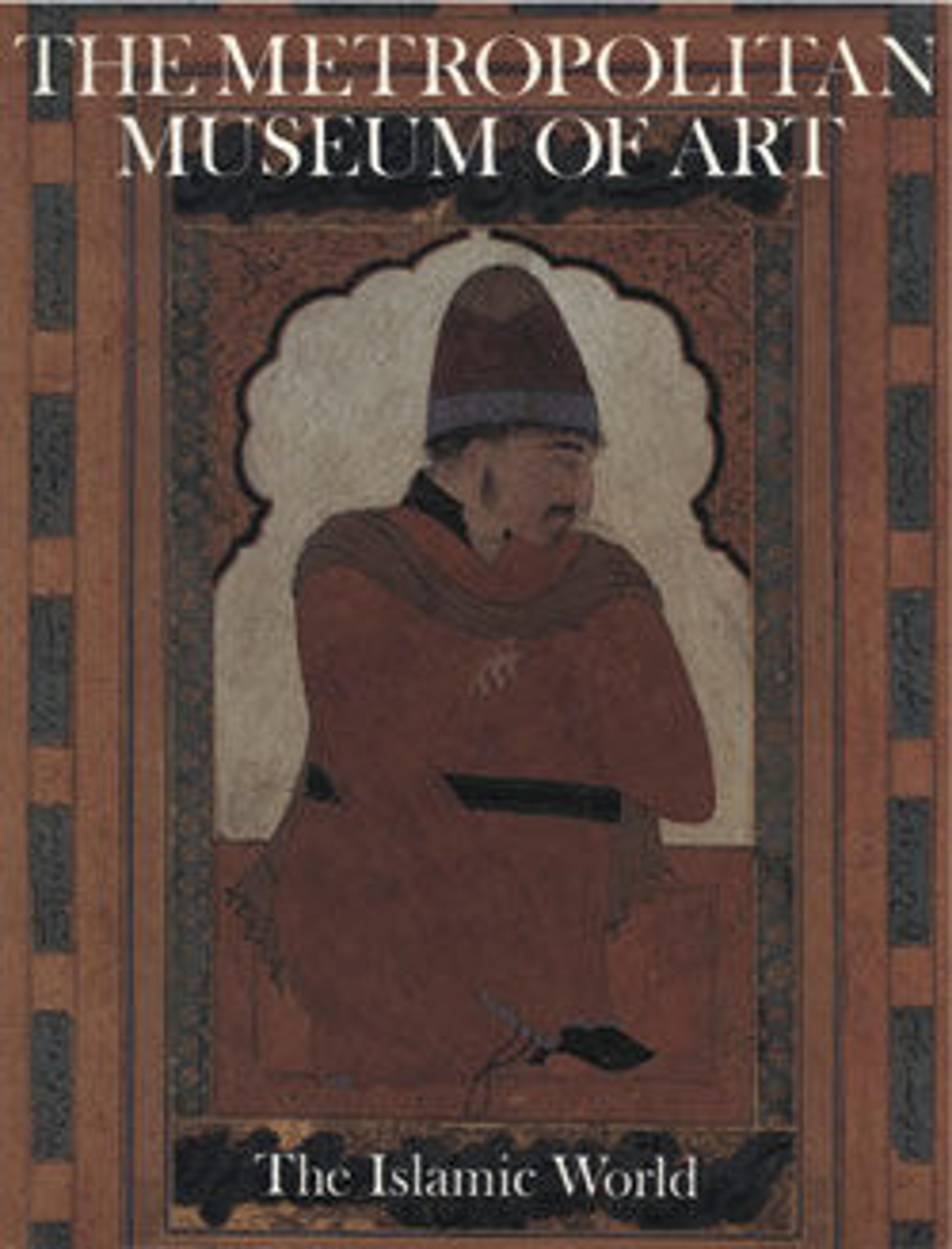
The Metropolitan Museum of Art. Vol. 11, The Islamic World
In A.D. 622, Islam, the world's last monotheistic religion, was born in Arabia. A century later, the Muslim world stretched from Spain across North Africa and into Persia, Mesopotamia, and part of India. Inspired by the holy word of God, as it was revealed by the Prophet Muhammad in the Koran, and drawing upon the traditions of the many disparate peoples who now commingled with adherents of the new faith, Muslims succeeded in creating their own distinctive art—often starkly simple and pious, but just as often opulent and sensual.
A saying ascribed to the Prophet claims that "God is beautiful and loves beauty," therefore copying the Koran and the lavish decorating of mosques became revered tasks throughout Islam: calligraphy was raised to a level of perfection known in few other cultures, while complex arabesque and geometric patterning was employed to embellish mosques and to decorate smaller sacred and secular objects as well.
Along with the tradition of elegant calligraphy and abstract patterning, Islamic art also possesses a rich body of narrative art and delightful depictions of rulers, heroes, and common men, as well as real and imagined beasts and sumptuous dwellings and gardens. Indeed, among a people whose religious birthplace was a stark and arid land, an ideal world of flowing water, lush plant life, and richly colored carpeting and tile was dramatically illustrated by painters and often actually constructed by architects and artisans, offering them and us tantalizing glimpses of an earthly paradise.
In The Islamic World over 140 objects and pictures are reproduced, giving a sweeping view of the many styles and mediums in which Islamic artists worked, from Spain to India, over more than ten centuries. Pages from Korans, epic poems, poetic anthologies, and albums, as well as glasswork, jewelry, and stone- and woodcarving show the rich variety of Islamic art. A room from Damascus, created in the eighteenth century, reveals the exquisite craftsmanship for which Islamic architects, woodcarvers, and ceramists are justly famous. Examples of the various calligraphic styles are shown in pages of Korans copied throughout the Islamic world. Illustrations from such famous secular works as the Houghton Shah-nameh and the album created for Shah Jahan reveal the vivid imagination and consummate skill of Islamic artists and the important part played by local traditions in forming this unique aesthetic.
Islamic glass and ceramics, beautiful in themselves and critically important in the development of these mediums in the West, are illustrated by examples drawn from every corner of the Muslim world, while carpets—probably the art form that in the West is most closely associated with Islamic craftsmanship—are profusely illustrated by examples from Mamluk Egypt, Safavid Iran, Ottoman Turkey, and Mughal India. Together, the paintings and objects reproduced here offer a richly rewarding aesthetic adventure and a revealing picture of the variety and brilliance of over ten centuries of artistic achievement.
Met Art in Publication
You May Also Like
Press the down key to skip to the last item.
Citation
———, eds. 1987b. The Islamic World. New York: The Museum.
